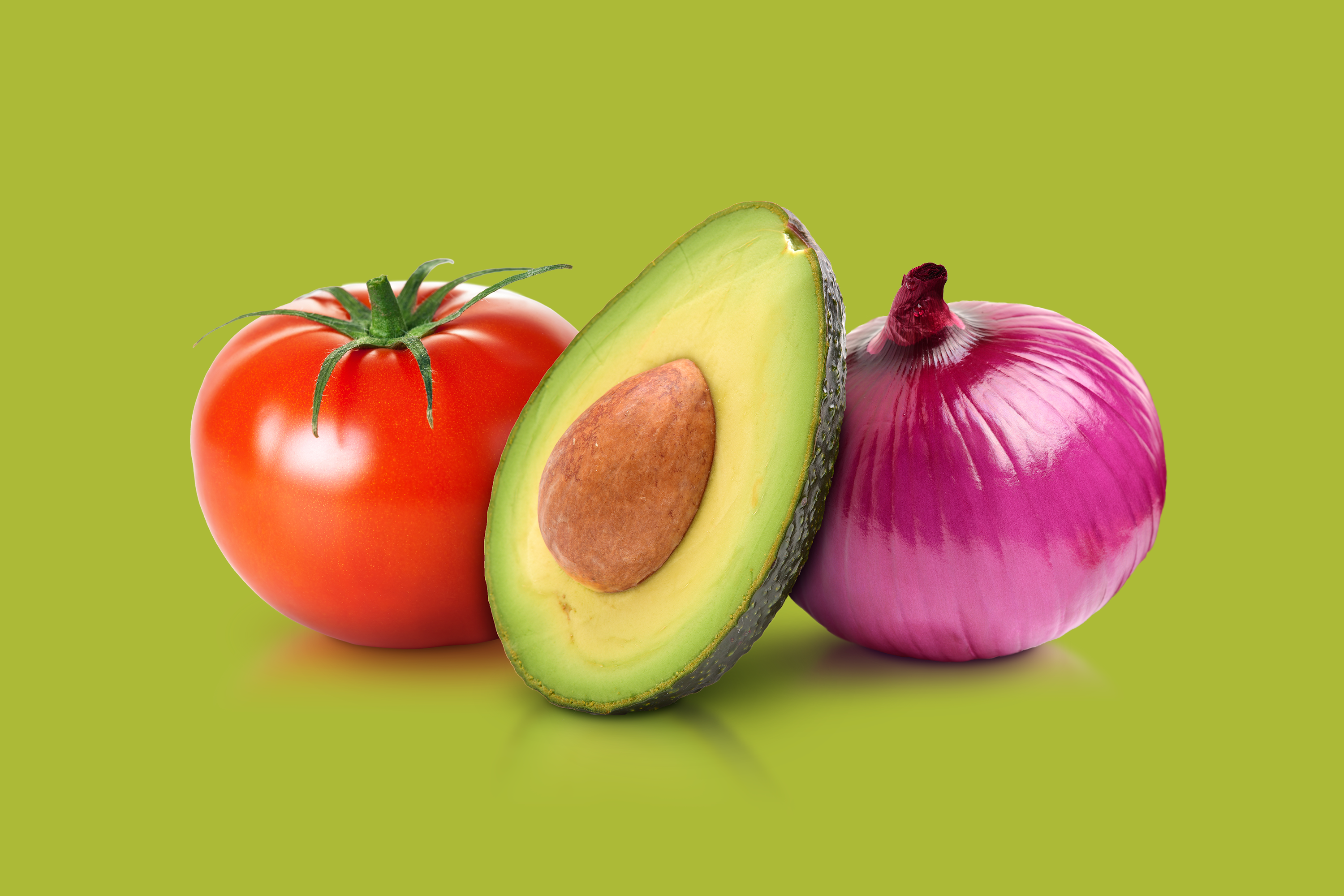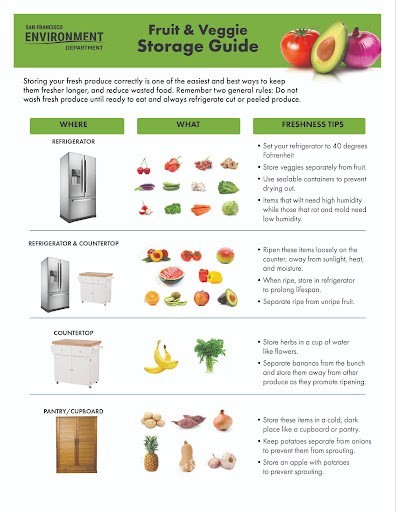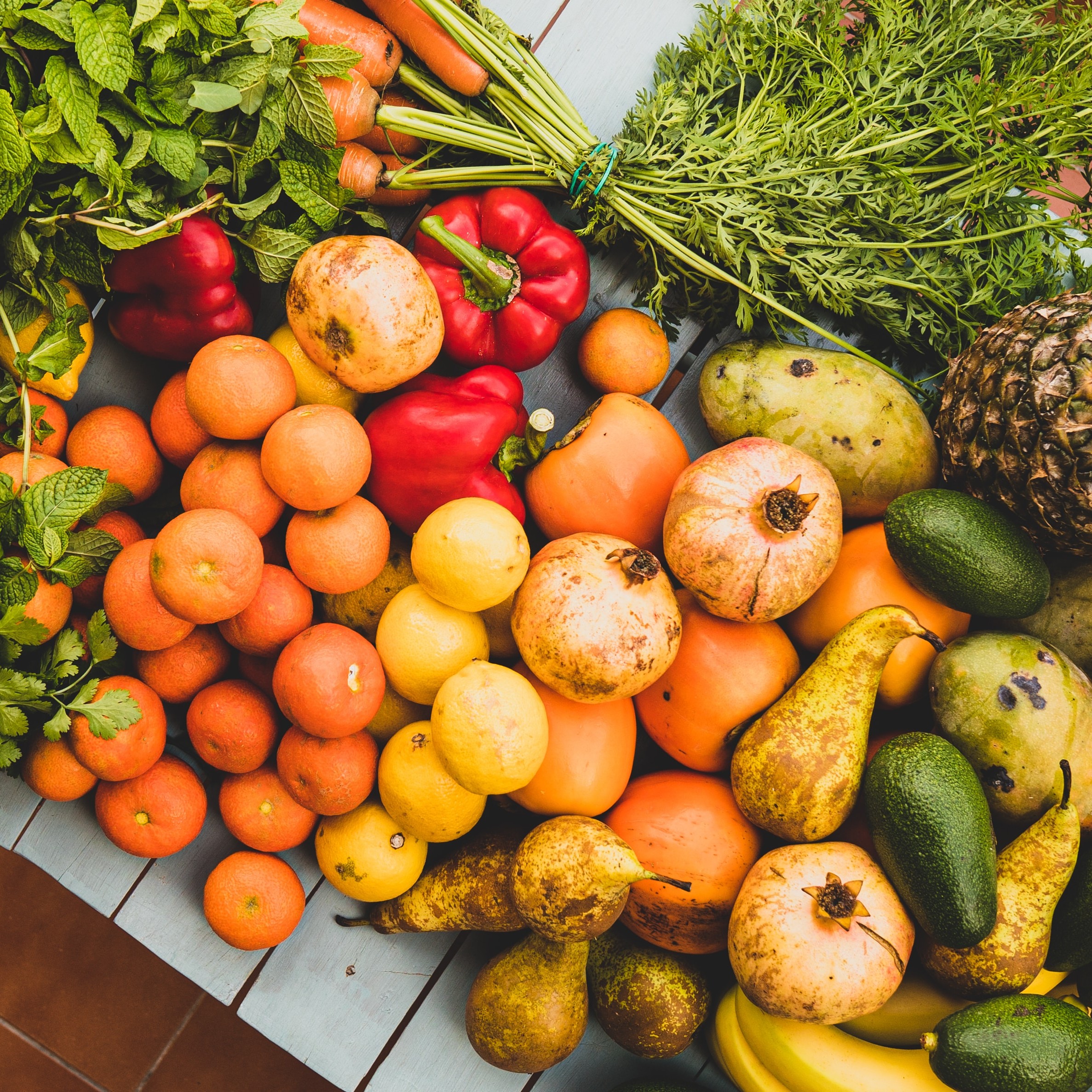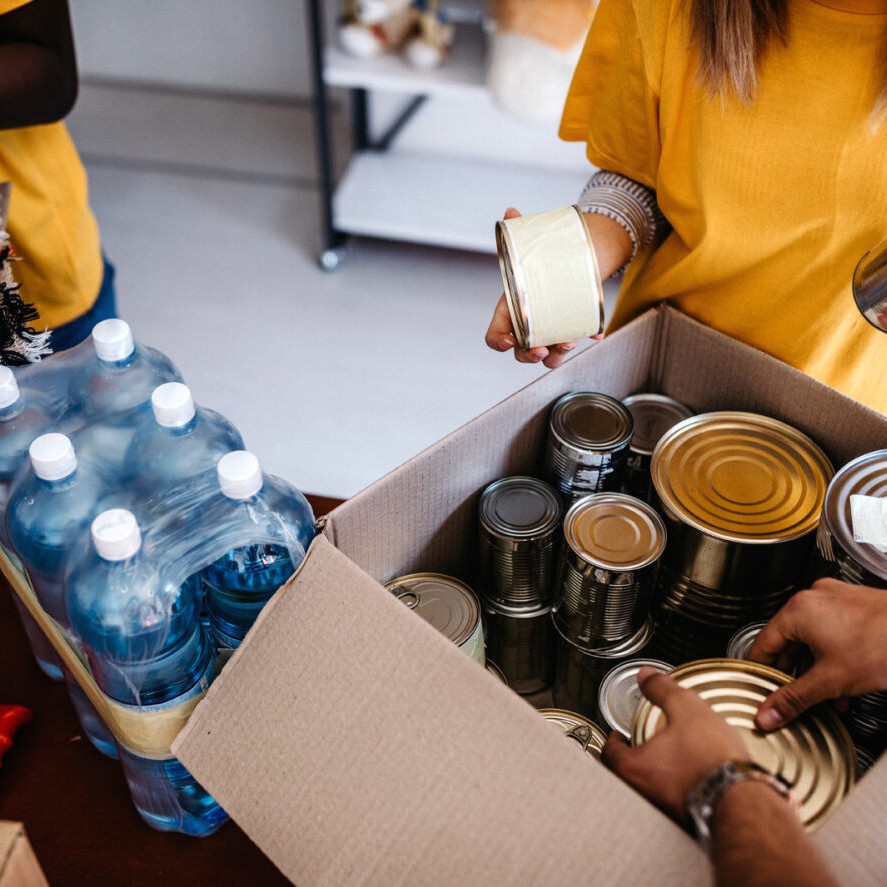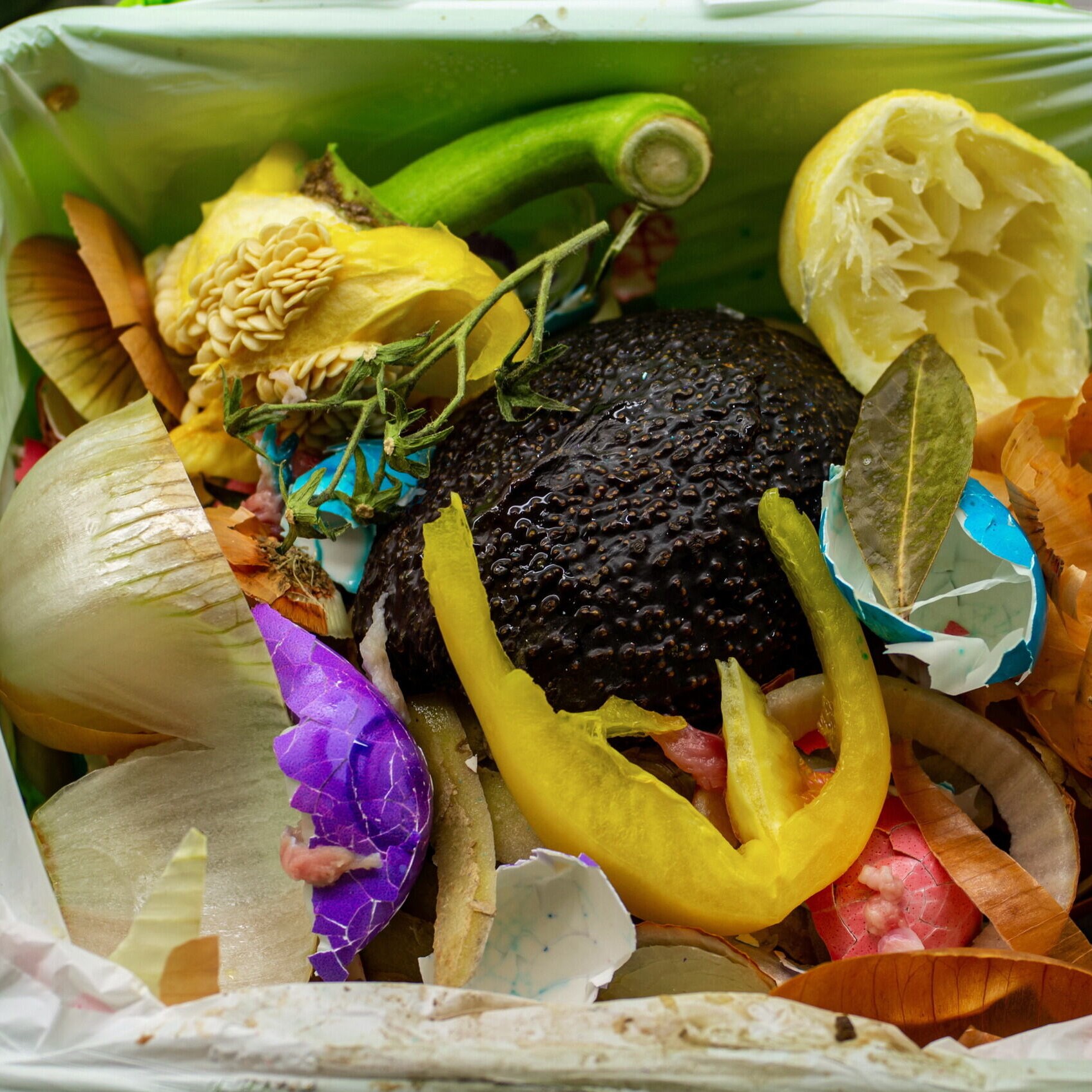Does Wasting Food Make You Feel Rotten?
You’re not alone. Research shows that most people hate to waste food, whether it's produce that has gone bad or leftovers you just forget to eat or freeze. After all, wasted food is wasted money.
Fortunately, there are some easy tips and tricks to help you keep your food fresh longer and make the most of leftover ingredients and uneaten meals.
Tips & Tricks
Need Quick Food Waste Tips?
Check out this video.
Easy Ways To Reduce Food Waste
Learning these simple tips and storage tricks will help you keep food fresh for longer and help reduce the amount of food that goes to waste.
Don't store fruits and vegetables with each other. Onions, for example, release gasses that spoil other fruits and some vegetables.
Take produce out of plastic wrappings. Airtight wrappings suffocate fresh produce and speed up the decay process.
Don't wash produce until you’re ready to eat it. Moisture encourages decomposition and mold growth.
Keep fruits in the crisper. Store fruit in the crisper drawer of the refrigerator, a lower humidity drawer.
Keep produce whole. Keeping produce whole as long as possible will keep it fresh for longer.
How To Keep Food Fresh Longer
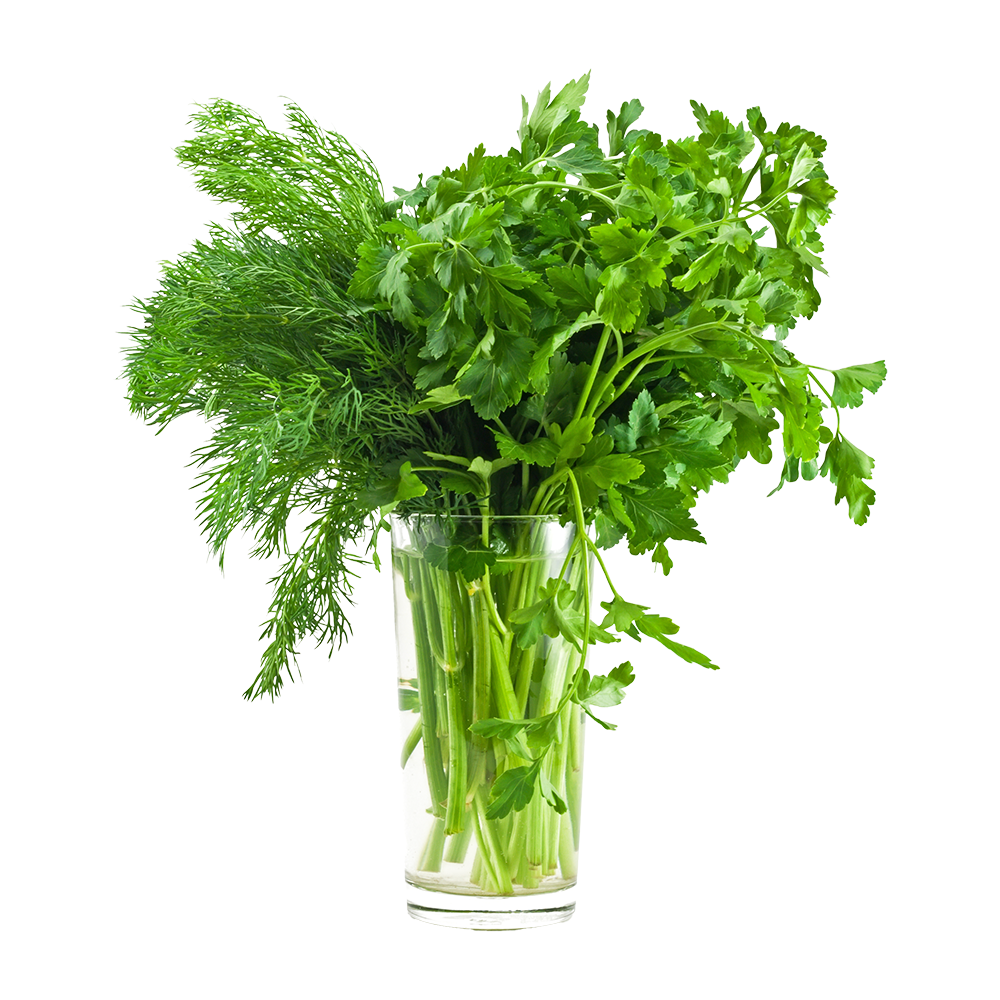
Store Herbs Properly
- Put parsley and cilantro in a jar with water in the fridge to keep them fresh for longer. Put basil in a jar of water on your counter.
- Store woody herbs like rosemary, oregano, sage, and thyme rolled up in a slightly damp napkin and an airtight container in the fridge.
- Chop and freeze unused herbs. Place unused herbs in water, or olive oil, or butter and place in glass jar or ice cube tray
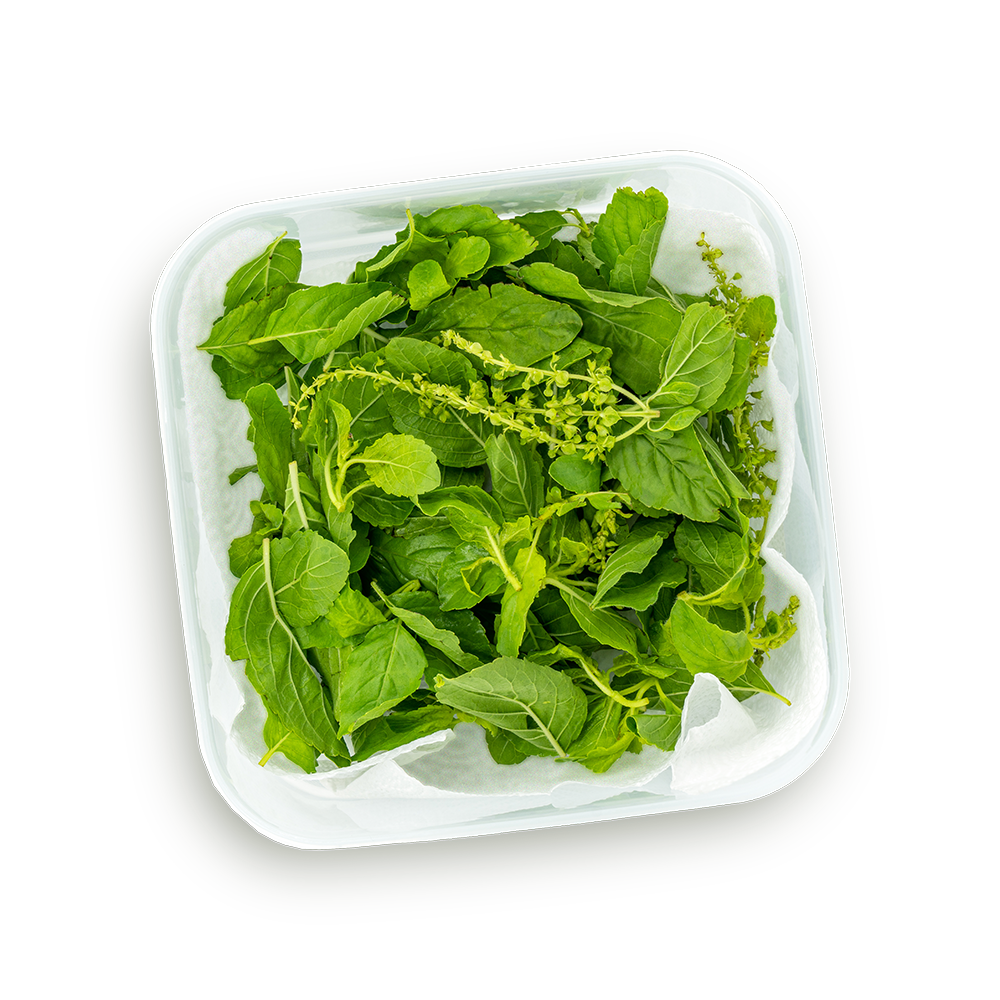
How To Store Leafy Greens And Keep Them Fresh
Store in a cold part of the fridge, loosely in a container with a cloth napkin to absorb extra moisture.
If your leafy greens have wilted, follow these steps to revive them:
- Trim about ½” off the stems.
- Submerge leaves and stems in cold water. For long stems on kale and chard, you can put the stems in a pitcher of water, like cut flowers.
- Soak until leaves have perked up. Some will benefit from just 5 minutes! Note: Heavy or extremely wilted leaves may take longer.
- Store in the refrigerator
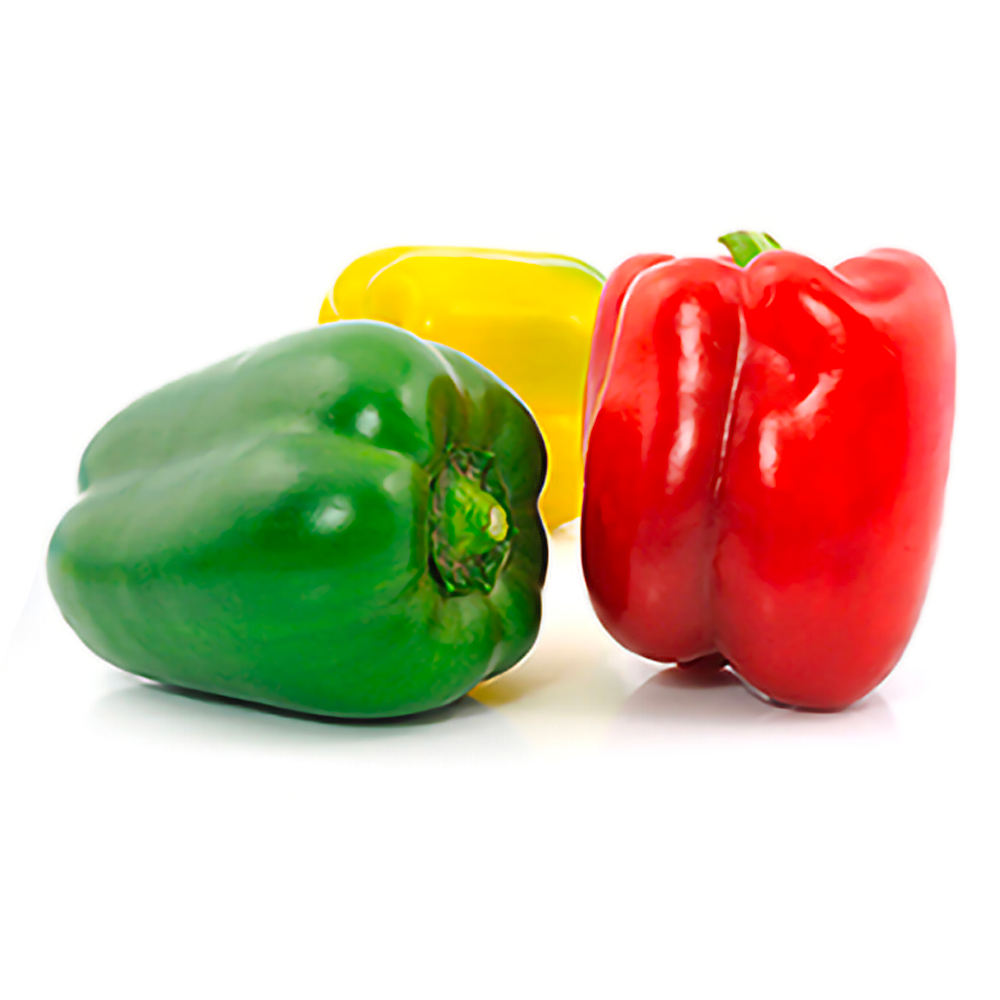
How To Store Bell Peppers
Keep bell peppers dry and store them in the refrigerator.
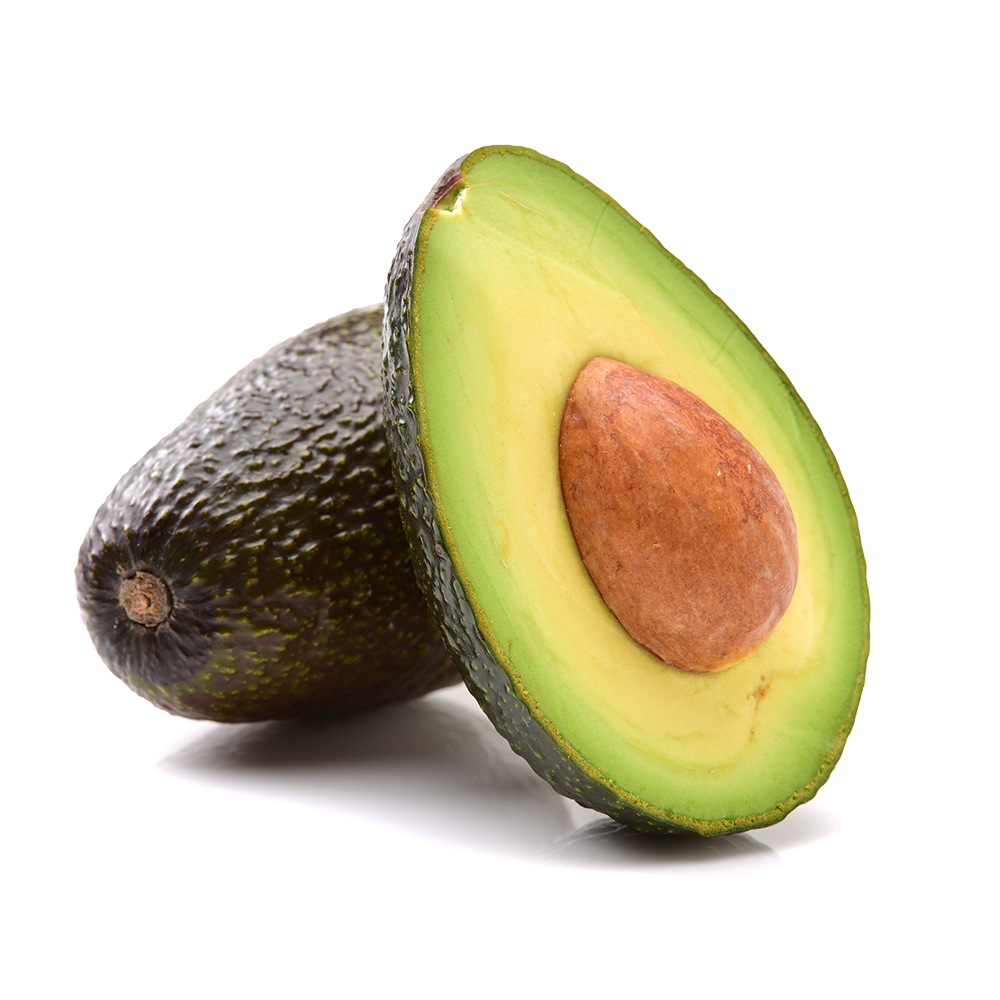
How To Store Avocados
1. Eating half an avocado? Refrigerate once ripe. Leave the pit in the remaining half to keep the exposed avocado fruit from browning.
2. Slice avocados lengthwise to keep the pit intact on the side you don’t use to keep it fresh longer. Rub with olive oil or lime juice on the fruit, to keep the exposed avocado from browning.
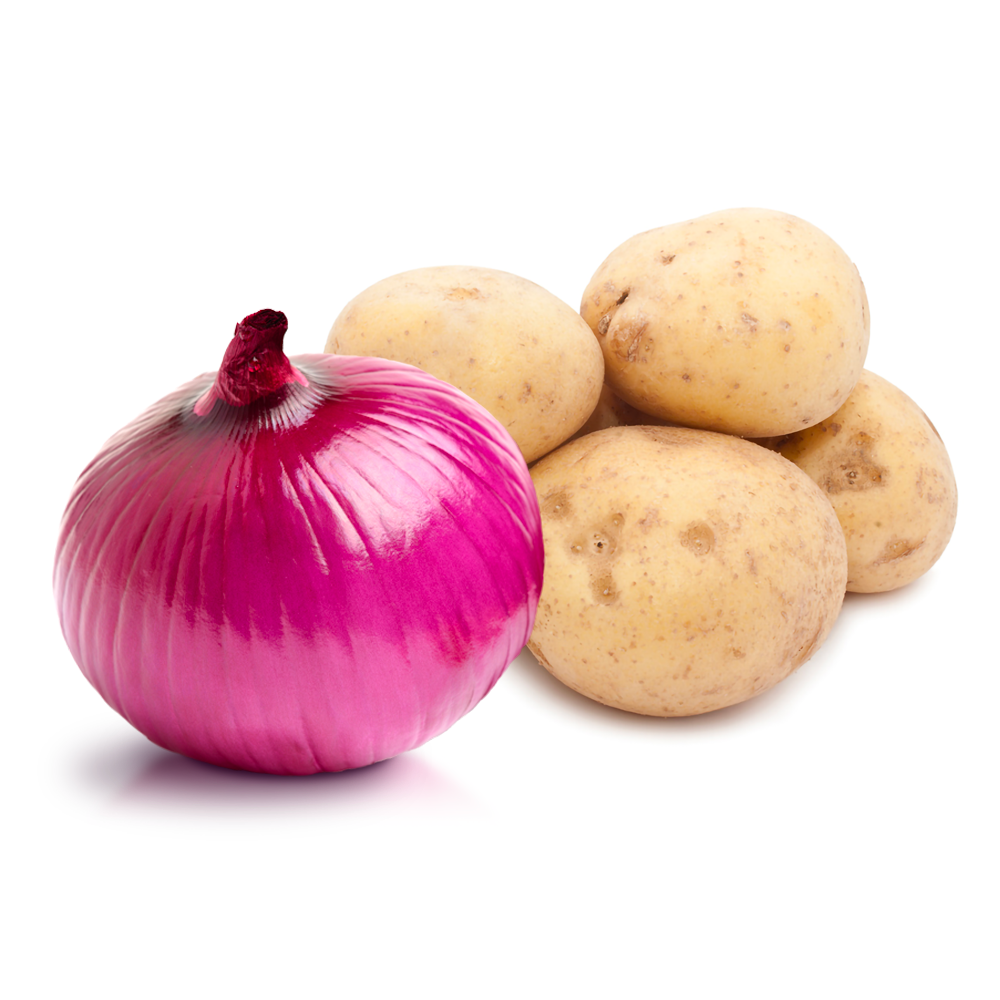
How To Store Onions and Potatoes
Both can be stored in a dry, dark cupboard or pantry.
But don’t store them together! The gas emitted from onions causes potatoes to sprout.
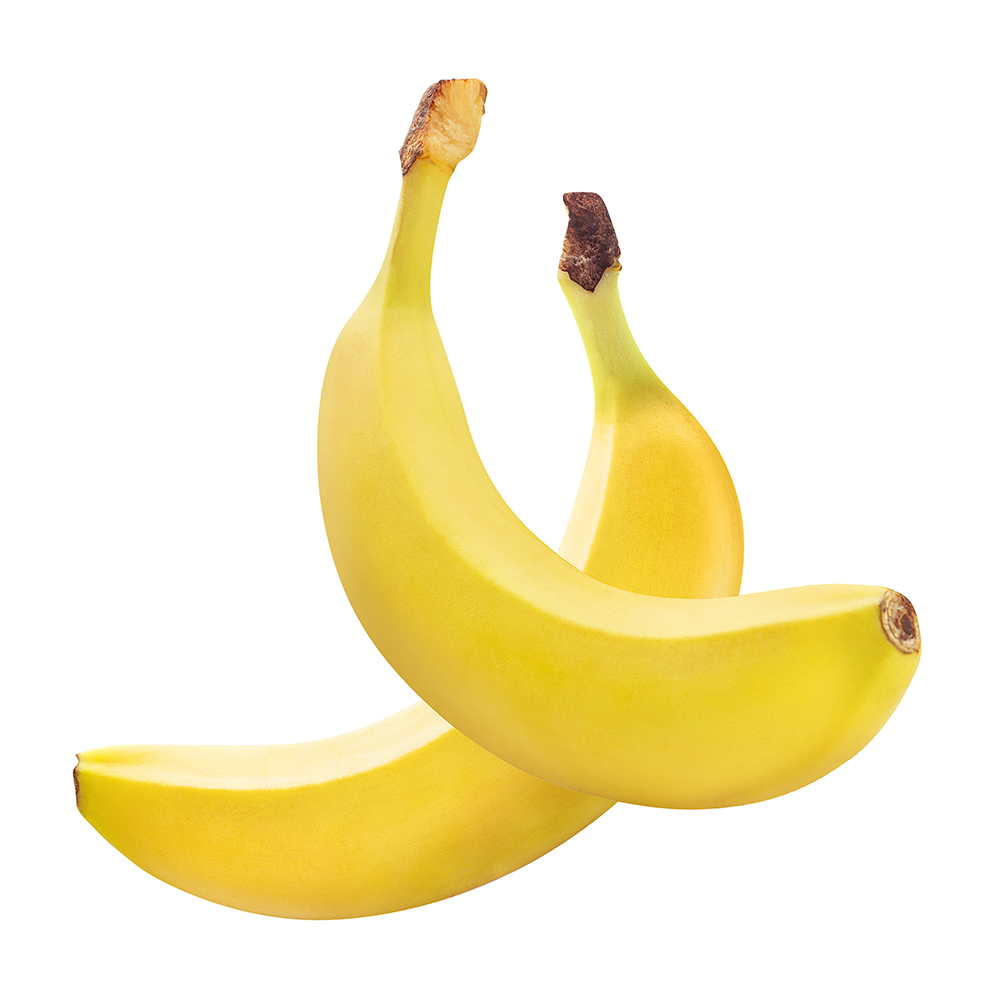
How To Store Bananas
1. Break bananas apart to increase their counter-life. The first banana to brown causes others in the bunch to ripen with it.
2. Place in the refrigerator when they’re ripened
3. Peel and freeze overripe bananas
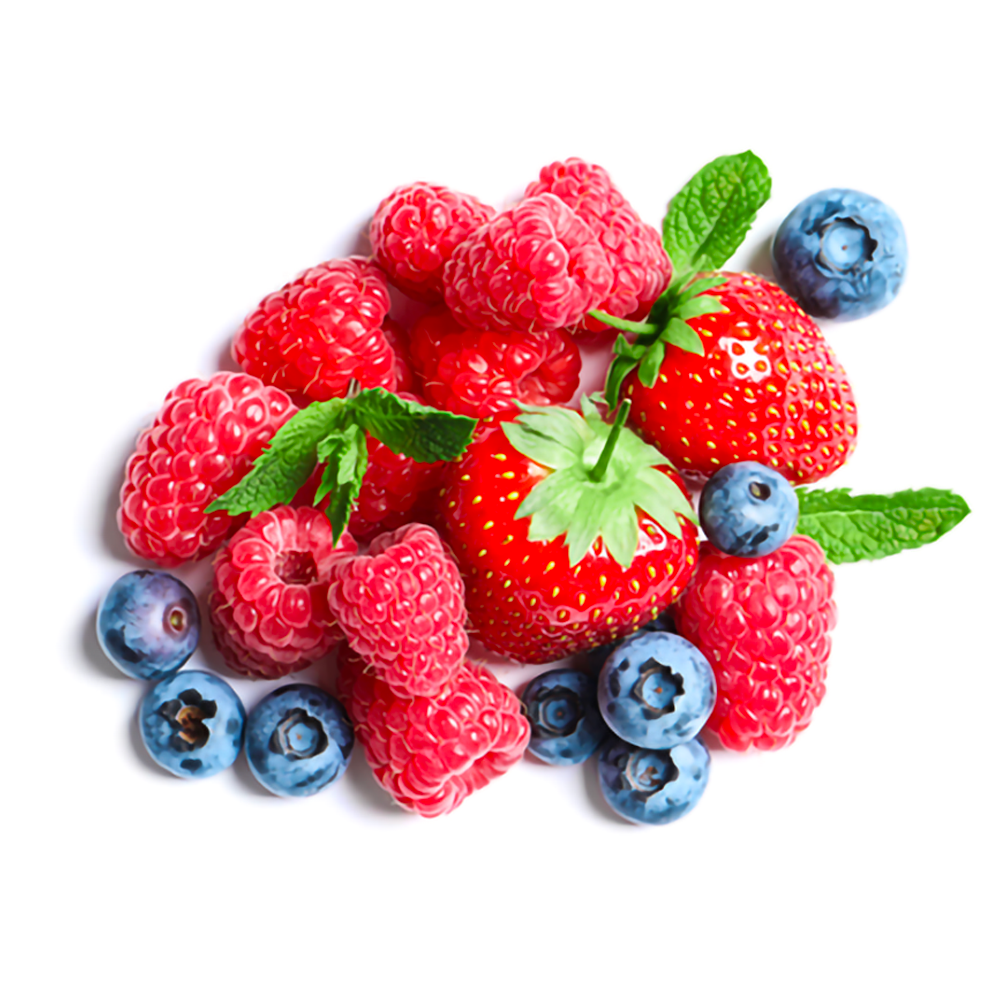
How To Store Berries
1. Only wash when ready to eat. Washing before storing can cause them to get moldy.
2. Ensure berries are very dry before storing them.
3. Store berries with a napkin in a sealed container.
4. Store in fridge.
Bruised berries are easy to make into a delicious jam
1. Add about 2 cups of mixed berries and ½ cup of sugar into a small pot and mash.
2. Add 2 tablespoons of cornstarch, and a couple of tablespoons of water. Stir until smooth.
3. Place pot on medium-high heat and bring to a boil, stirring constantly. The mixture will thicken quickly.
4. Remove pot from heat, add lemon juice to your liking. As it cools, it will thicken. Keep refrigerated and enjoy for up to 10 days.
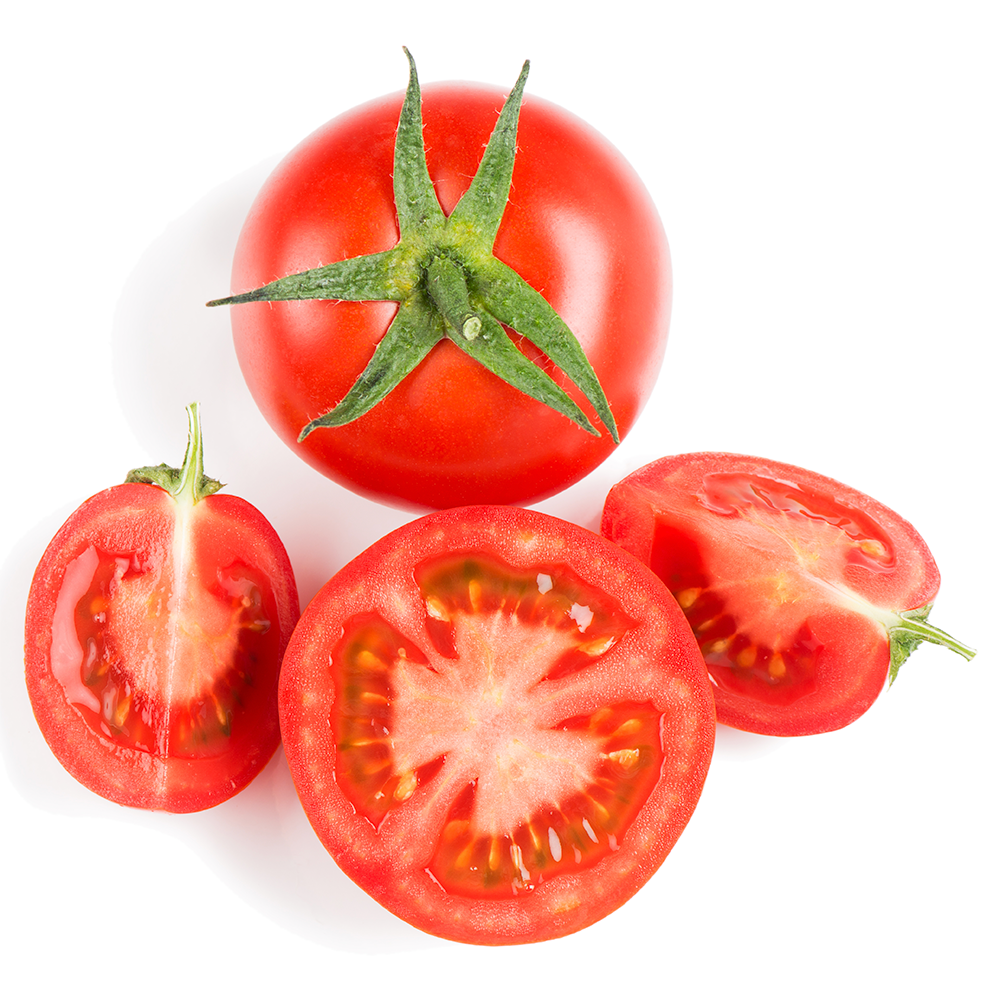
How To Store Tomatoes
1. Store tomatoes stem side down at room temp until they are ripe. Storing them like this helps to prevent the delicate bases of the tomato from getting squished.
2. Once they’re fully ripe, store them in the refrigerator and let them warm up to room temperature before serving.
3. If you have extra tomatoes, you can freeze them or make sauce:
4. Gently saute onions and garlic in a little bit of oil.
5. Add chopped, fresh tomatoes and cook at medium heat until saucy.
6. Add salt and any herbs and spices to taste.
7. Enjoy delicious sauce right away or cool and freeze for later. Label container with item name and date, so you know what is in it.
Shopping & Cooking Tips
In addition to storing fresh foods properly and using them before they go bad, you’ll also save money by keeping the following in mind when you’re shopping and cooking:
Shop Smart
Check your refrigerator before going to the store and buy only what you need.
Make a plan to use it all by finding recipes in advance.
Shop Local
Check out local SF Farmers’ Markets, open year-round
Eat seasonal fruits and vegetables
Cook Creatively
Use food scraps to make stock, breadcrumbs, and other creative ideas.
Tips and hacks to make the most of your ingredients
Compost
Reducing food waste is the highest priority, but composting is also essential. Composting supports a healthier environment by reducing emissions and creating nutrient-rich soil to grow food
Request a free compost pail and start composting today
Additional Resources
- Love Food Hate Waste - Food saving tips and recipes
- SaveTheFood.com - Tips and interactive tools to help you plan smarter and save food right now
- StopFoodWaste.org - Seasonal guides and tips for saving your food.
- EPA - A guide to preventing wasted food at home
- FDA - Tips to reduce food waste
- USDA - Food loss and waste
